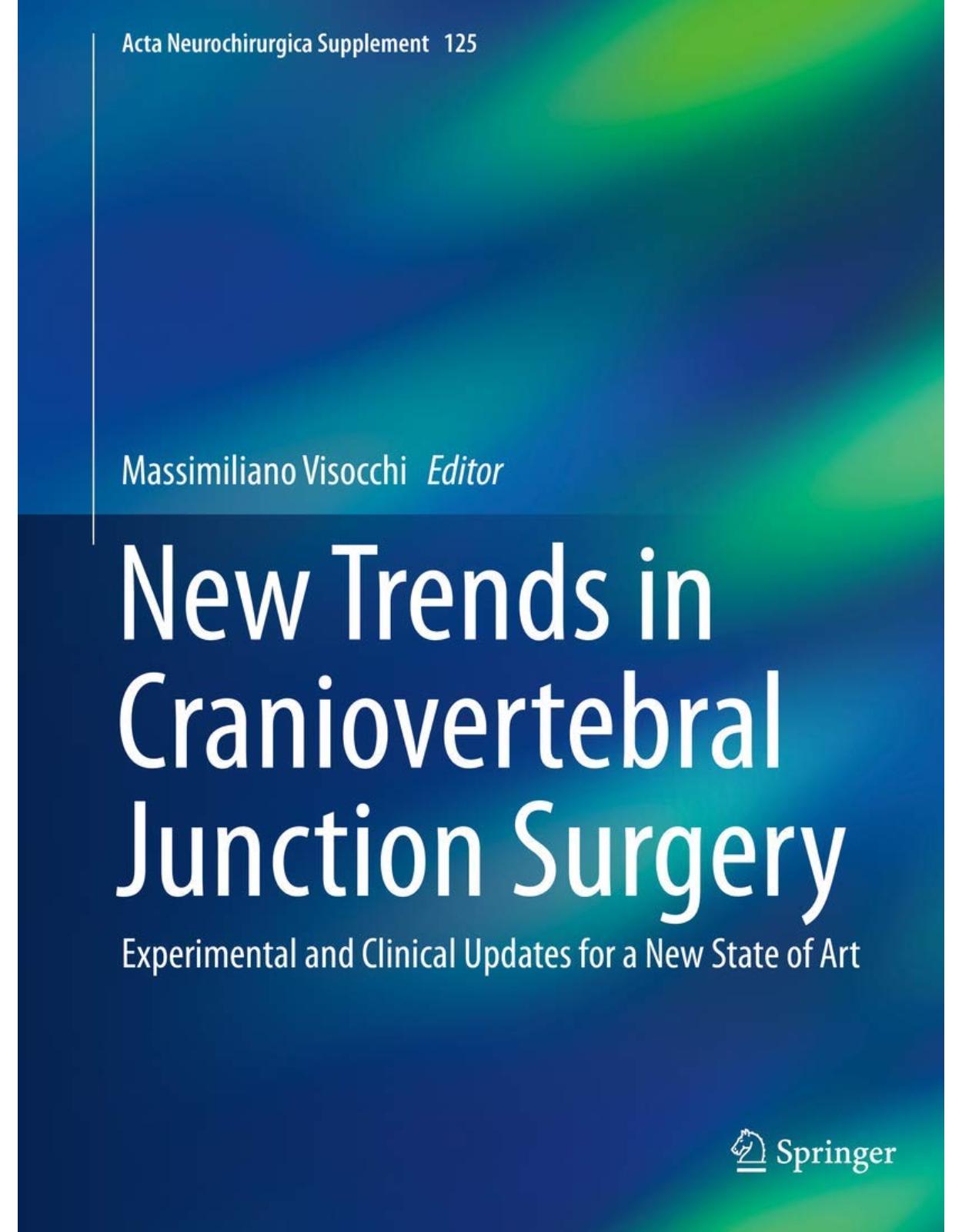
New Trends in Craniovertebral Junction Surgery
Livrare gratis la comenzi peste 500 RON. Pentru celelalte comenzi livrarea este 20 RON.
Description:
This issue of Acta Neurochirururgica presents the latest surgical and experimental approaches to the craniovertebral junction (CVJ). It discusses anterior midline (transoral transnasal), posterior (CVJ craniectomy laminectomy, laminotomy, instrumentation and fusion), posterolateral (far lateral) and anterolateral (extreme lateral) approaches using state-of-the-art supporting tools. It especially highlights open surgery, microsurgical techniques, neuronavigation, the O-arm system, intraoperative MR, neuromonitoring and endoscopy. Endoscopy represents a useful complement to the standard microsurgical approach to the anterior CVJ: it can be used transnasally, transorally and transcervically; and it provides information for better decompression without the need for soft palate splitting, hard palate resection, or extended maxillotomy. While neuronavigation allows improved orientation in the surgical field, intraoperative fluoroscopy helps to recognize residual compression. Under normal anatomic conditions, there are virtually no surgical limitations to endoscopically assisted CVJ and this issue provides valuable information for the new generation of surgeons involved in this complex and challenging field of neurosurgery.
Table of Contents:
Part I. Editorial
Why the Craniovertebral Junction?
Part II. Anatomy
The Craniovertebral Junction and Laboratory Experience: The Italian Paradox
Mastering Craniovertebral Junction Surgical Approaches: The Dissection Laboratory Experience at the Catholic University of Rome
Surgical Highways to the Craniovertebral Junction: Is It Time for a Reappraisal?
The Endoscopic Endonasal Approach to Craniovertebral Junction Pathologies: Surgical Skills and Anatomical Study
Endonasal and Transoral Approaches to the Craniovertebral Junction: A Quantitative Anatomical Study
Ventral Brainstem Anatomy: An Endoscopic Transoral Perspective
Transoral Approach to the Craniovertebral Junction: A Neuronavigated Cadaver Study
Part III. Pathophysiology
Atlantoaxial Instability: Evolving Understanding
Ossification of the Posterior Longitudinal Ligament: Analysis of the Role of Craniovertebral and Spinal Instability
Role of Subaxial Spinal and Atlantoaxial Instability in Multisegmental Cervical Spondylotic Myelopathy
The Craniovertebral Junction in Rheumatoid Arthritis: State of the Art
Part IV. Chiari
Chiari Malformations
The Role of Arachnoid Veils in Chiari Malformation Associated with Syringomyelia
Atlantoaxial Fixation for Treatment of Chiari Formation and Syringomyelia with No Craniovertebral Bone Anomaly: Report of an Experience with 57 Cases
The Relationship Between Basilar Invagination and Chiari Malformation Type I: A Narrative Review
Bony Decompression for Chiari Malformation Type I: Long-Term Follow-Up
Surgical Treatment in Symptomatic Chiari Malformation Type I: A Series of 25 Adult Patients Treated with Cerebellar Tonsil Shrinkage
Treatment of Holocord Syringomyelia–Chiari Complex by Posterior Fossa Decompression and a Syringosubarachnoid Shunt in a Single-Stage Single Approach
Surgical Treatment of Chiari Malformation in Adults: Comparison of Surgical Techniques Described in the Literature and Our Experience
Part V. Surgery: Decompression—Lateral Approaches
The High Cervical Anterolateral Retropharyngeal Approach
Compression Syndromes of the Vertebral Artery at the Craniocervical Junction
The Far Lateral Approach to the Craniovertebral Junction: An Update
Endoscope-Assisted Far Lateral Approach to the Craniovertebral Junction with Neuronavigation: A Cadaver Laboratory Experience
Extreme Lateral Approach to the Craniovertebral Junction: An Update
The Extreme Lateral Approach to the Craniovertebral Junction: An Anatomical Study
Part VI. Direct Approaches
Transoral Versus Transnasal Approach for Craniovertebral Junction Pathologies: Which Route Is Better?
The Endonasal Endoscopic Approach to Pathologies of the Anterior Craniocervical Junction: Analytical Review of Cases Treated at Four European Neurosurgical Centres
Endoscopic Endonasal Odontoidectomy and Posterior Fusion in a Single-Stage Surgery: Description of Surgical Technique and Outcome
Endoscopic Endonasal Approaches for Treatment of Craniovertebral Junction Tumours
The Endoscopic Endonasal Approach for Treatment of Craniovertebral Junction Pathologies: A Minimally Invasive but not Minimal-Risk Approach
Stability-Sparing Endoscopic Endonasal Odontoidectomy in a Malformative Craniovertebral Junction: Case Report and Biomechanical Considerations
Refinement of the Transoral Approach to Craniovertebral Junction Malformations
Part VII. CVJ Instrumentation and Fusion
Occipitocervical Fusion
Occipitocervical Fusion: An Updated Review
Wiring or Screwing at the Craniovertebral Junction in Childhood: Past and Present Personal Experience
Retro-odontoid Degenerative Pseudotumour Causing Spinal Cord Compression and Myelopathy: Current Evidence on the Role of Posterior C1–C2 Fixation in Treatment
Insights into the Past and Future of Atlantoaxial Stabilization Techniques
Realignment of Basilar Invagination by C1–C2 Joint Distraction: A Modified Approach to a Paradigm Shift
Grisel’s Syndrome: Non-traumatic Atlantoaxial Rotatory Subluxation—Report of Five Cases and Review of the Literature
Odontoid Fusion
Part VIII. CVJ Trauma
Posttraumatic Anatomical Injuries of the Craniovertebral Junction and Treatment Implications: Part I
Posttraumatic Anatomical Injuries of the Craniovertebral Junction and Treatment Implications: Part II
The Decision-Making Process in Traumatic Lesions of the Craniovertebral Junction: An Evidence-Based Approach? Part I
The Decision-Making Process in Traumatic Lesions of the Craniovertebral Junction: An Evidence-Based Approach? Part II
Type II Odontoid Fracture: a case series highlighting the treatment strategies
Learning Curve in Surgical Treatment of Odontoid Fixation for a Series of Type II C2 Fractures
Functional Outcome After Odontoid Fractures in the Elderly
Part IX. CVJ Infections
Management of Craniovertebral Junction Tuberculosis Presenting with Atlantoaxial Dislocation
Extensive Spinal Epidural Abscesses Resolved with Minimally Invasive Surgery: Two Case Reports and Review of the Recent Literature
Complications of Halo Placement
Part X. CVJ Neurophysiology
Occipital Nerve Stimulation for Refractory Pain after Occipitocervical Fusion
Intraoperative Neurophysiological Monitoring for Craniovertebral Junction Surgery
Management of Anaesthesia
Back Matter
| An aparitie | 2019 |
| Autor | Visocchi |
| Dimensiuni | 22.35 x 2.54 x 28.45 cm |
| Editura | Springer |
| Format | Hardcover |
| ISBN | 9783319625140 |
| Limba | Engleza |
| Nr pag | 408 |

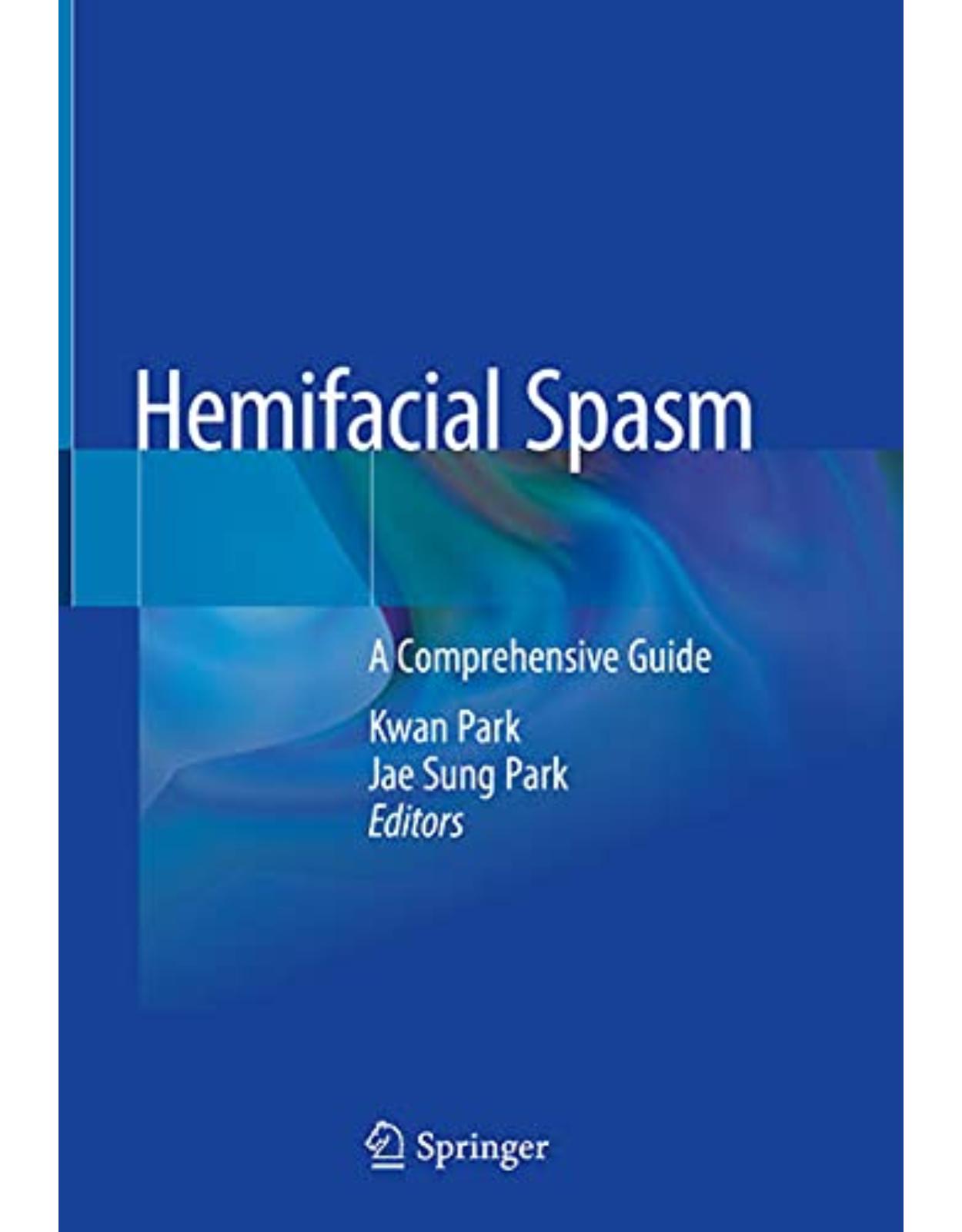
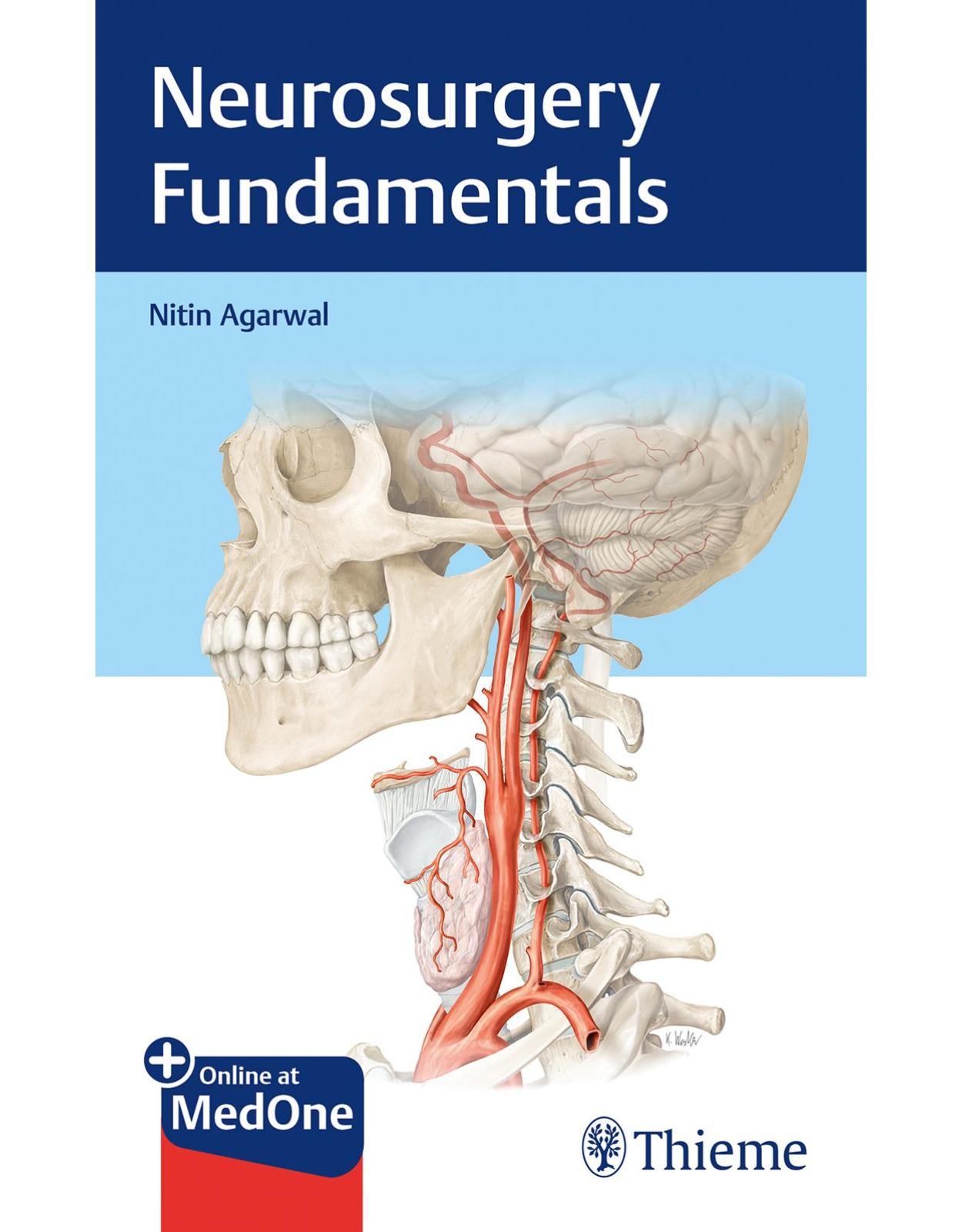
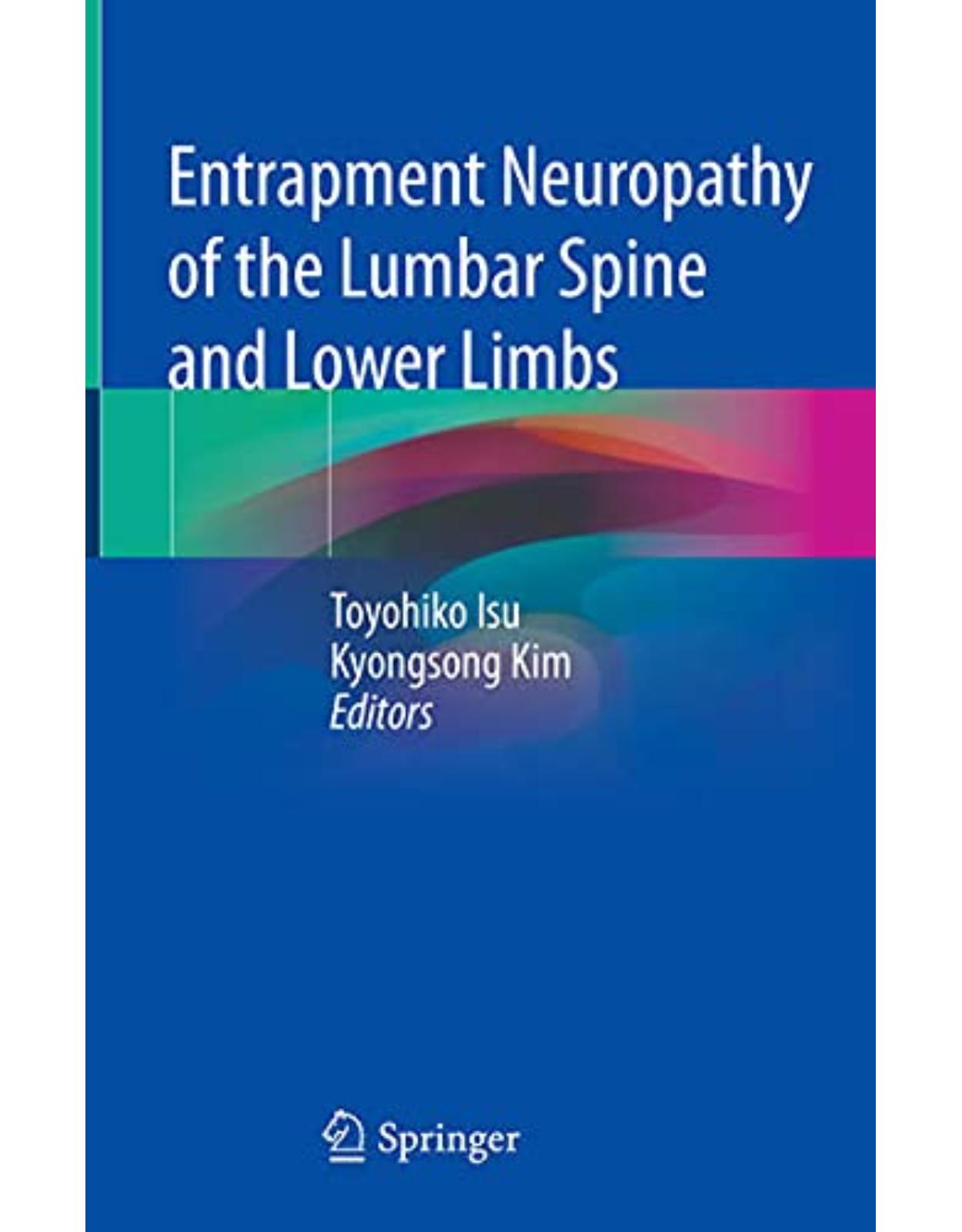
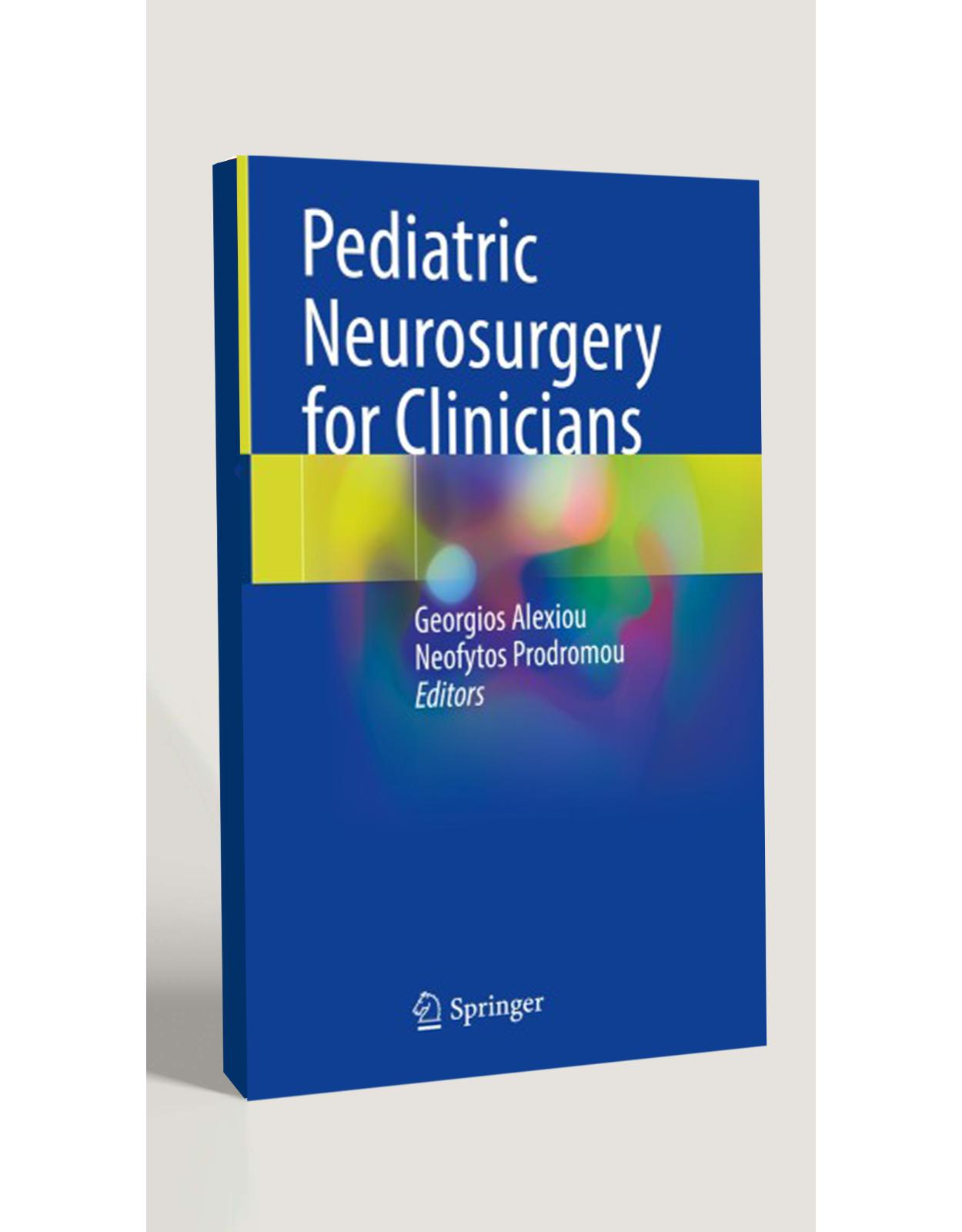
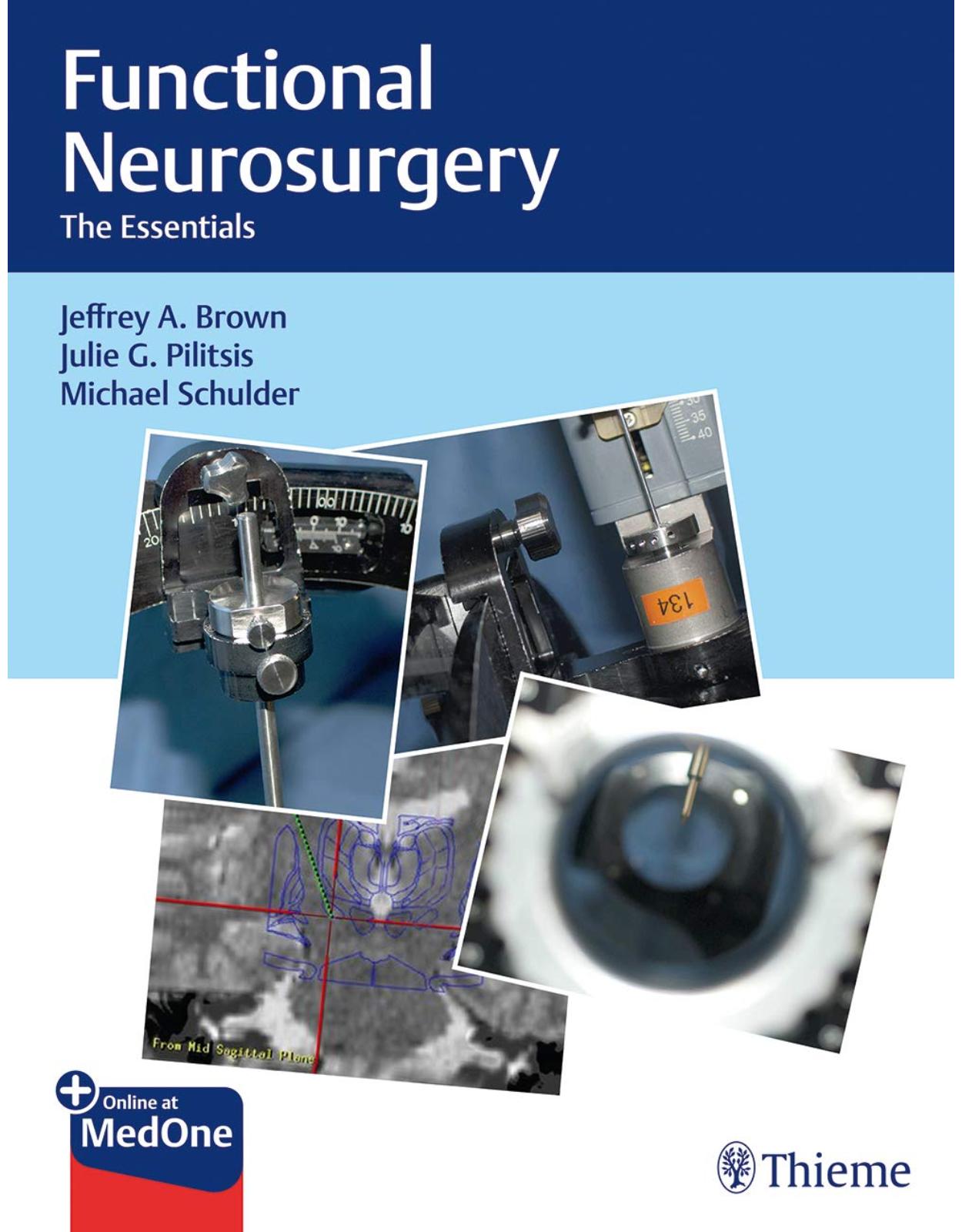
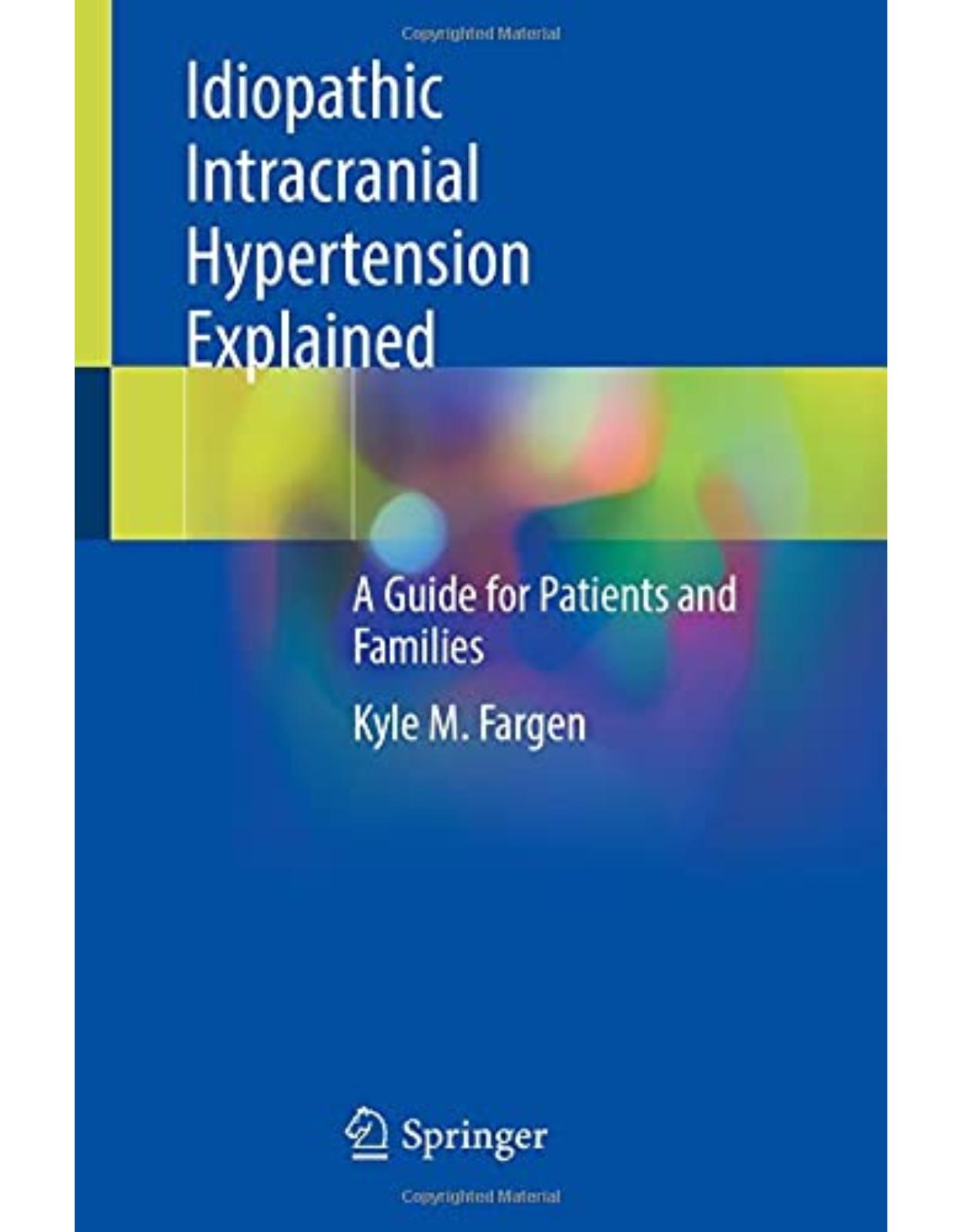
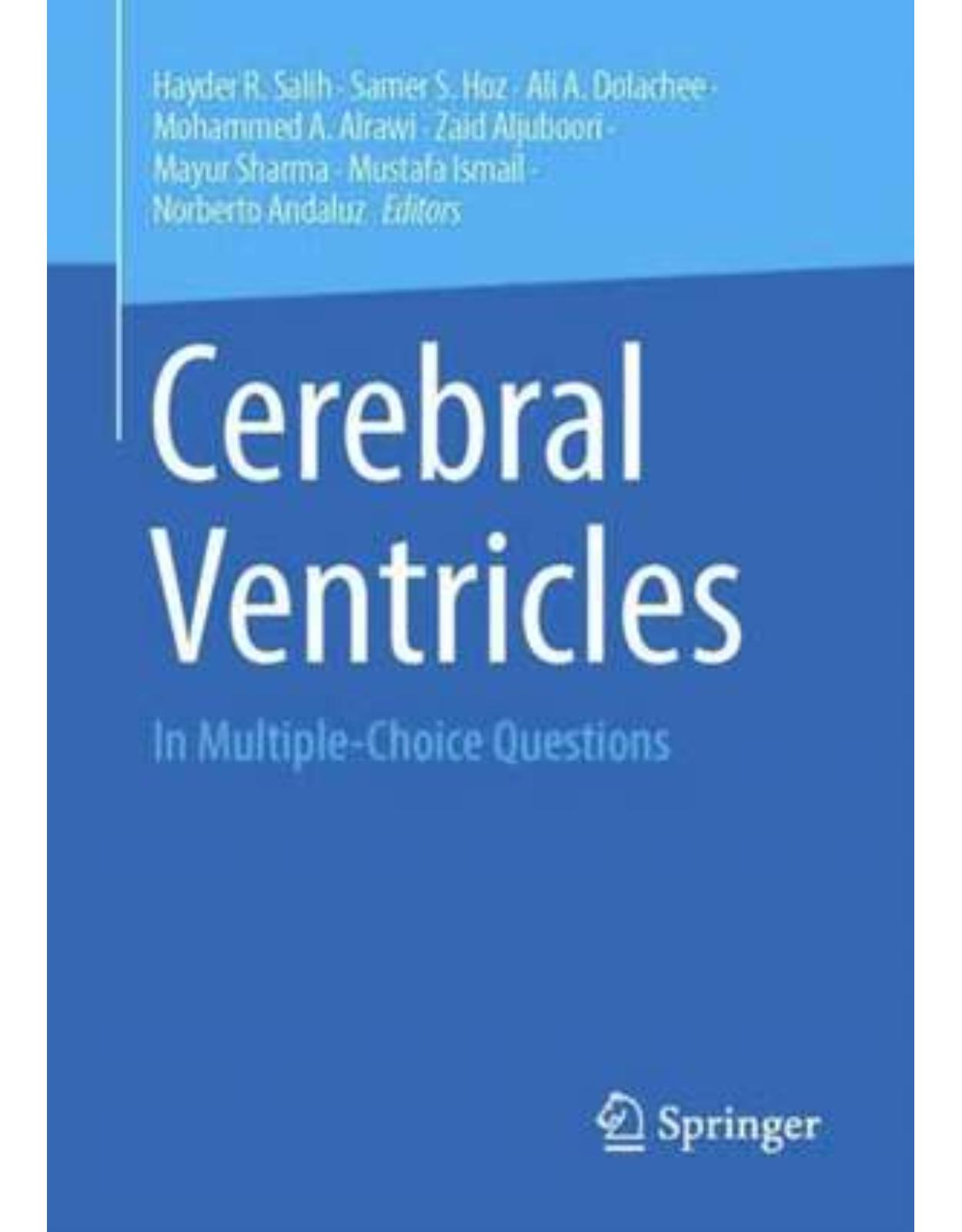
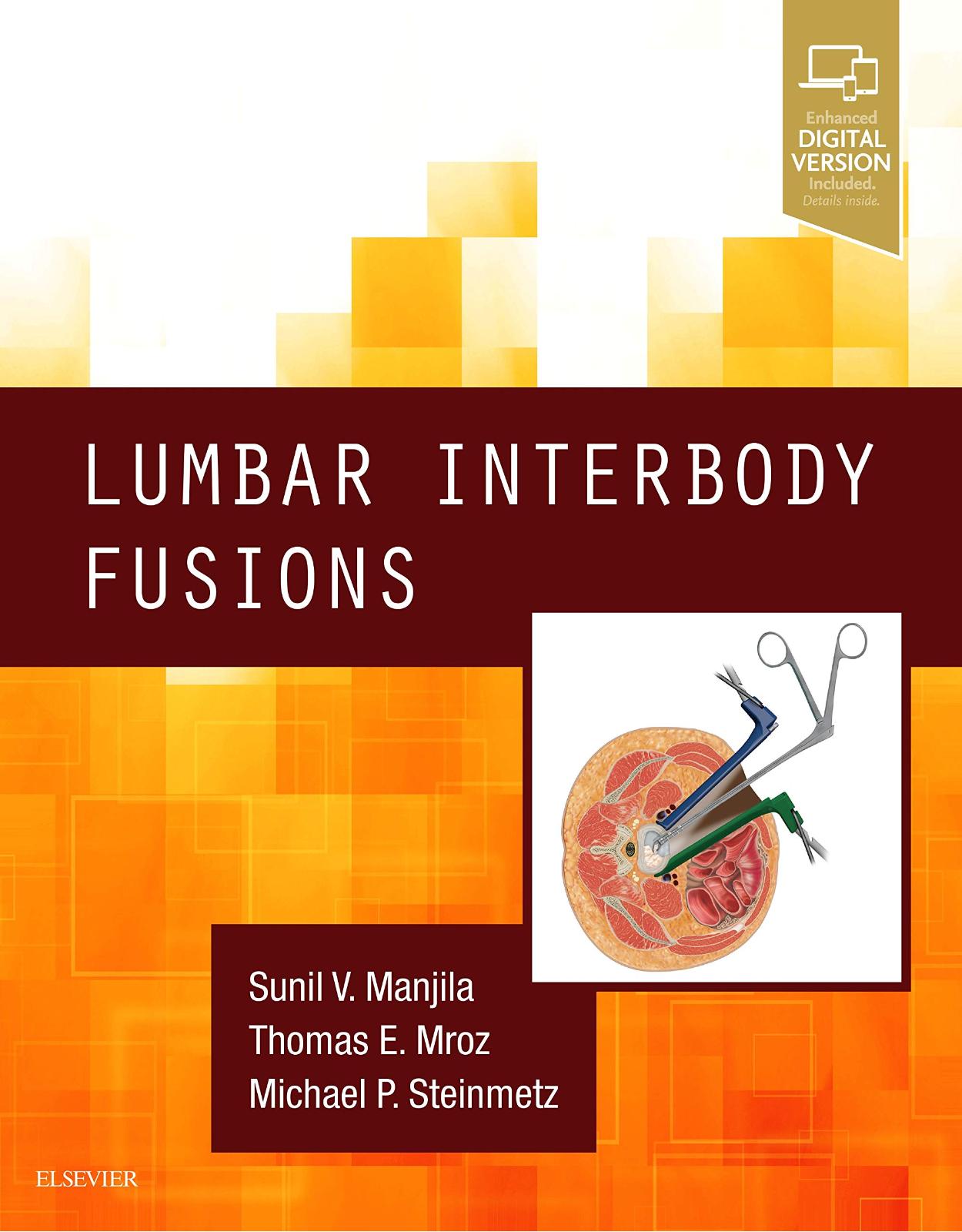
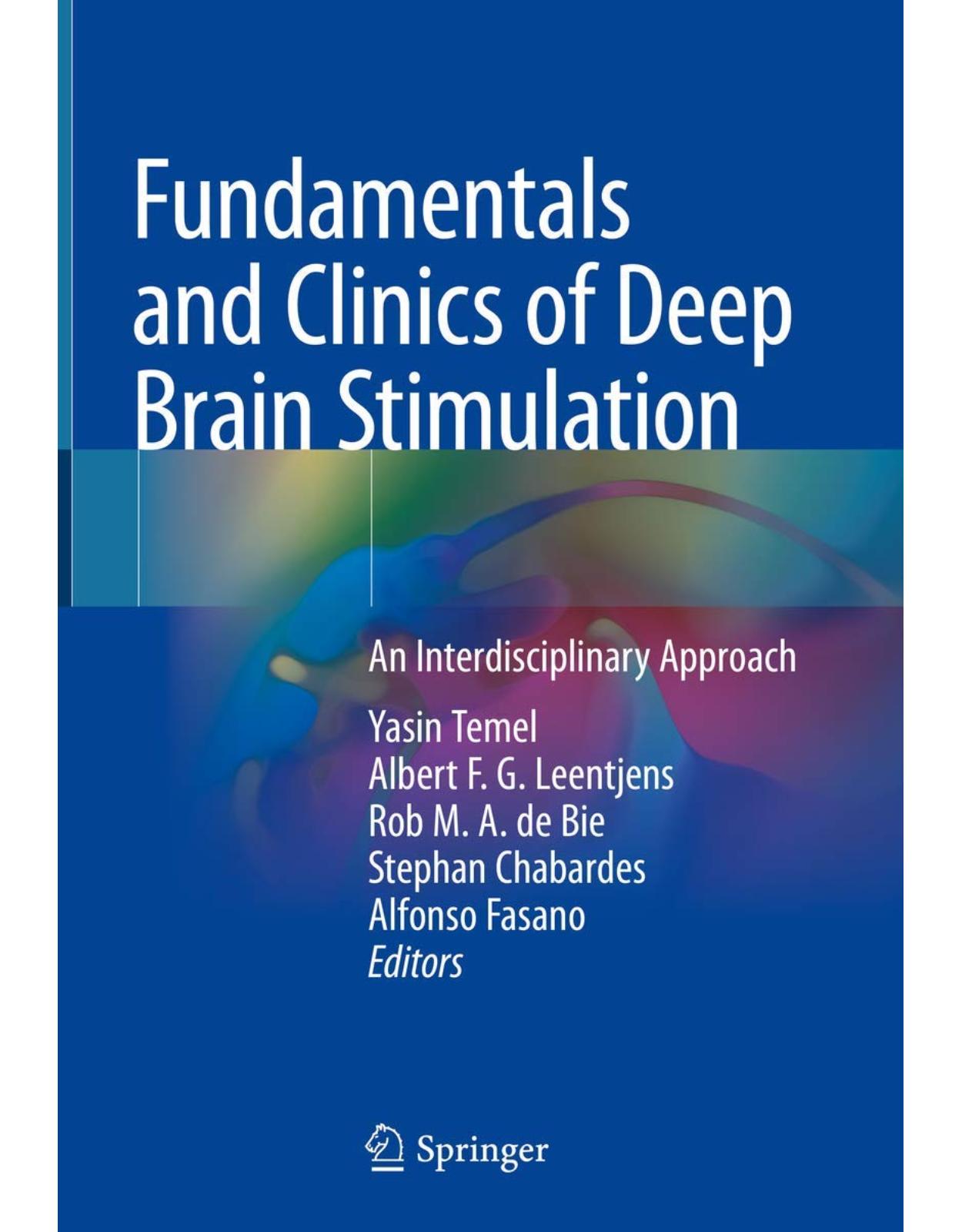
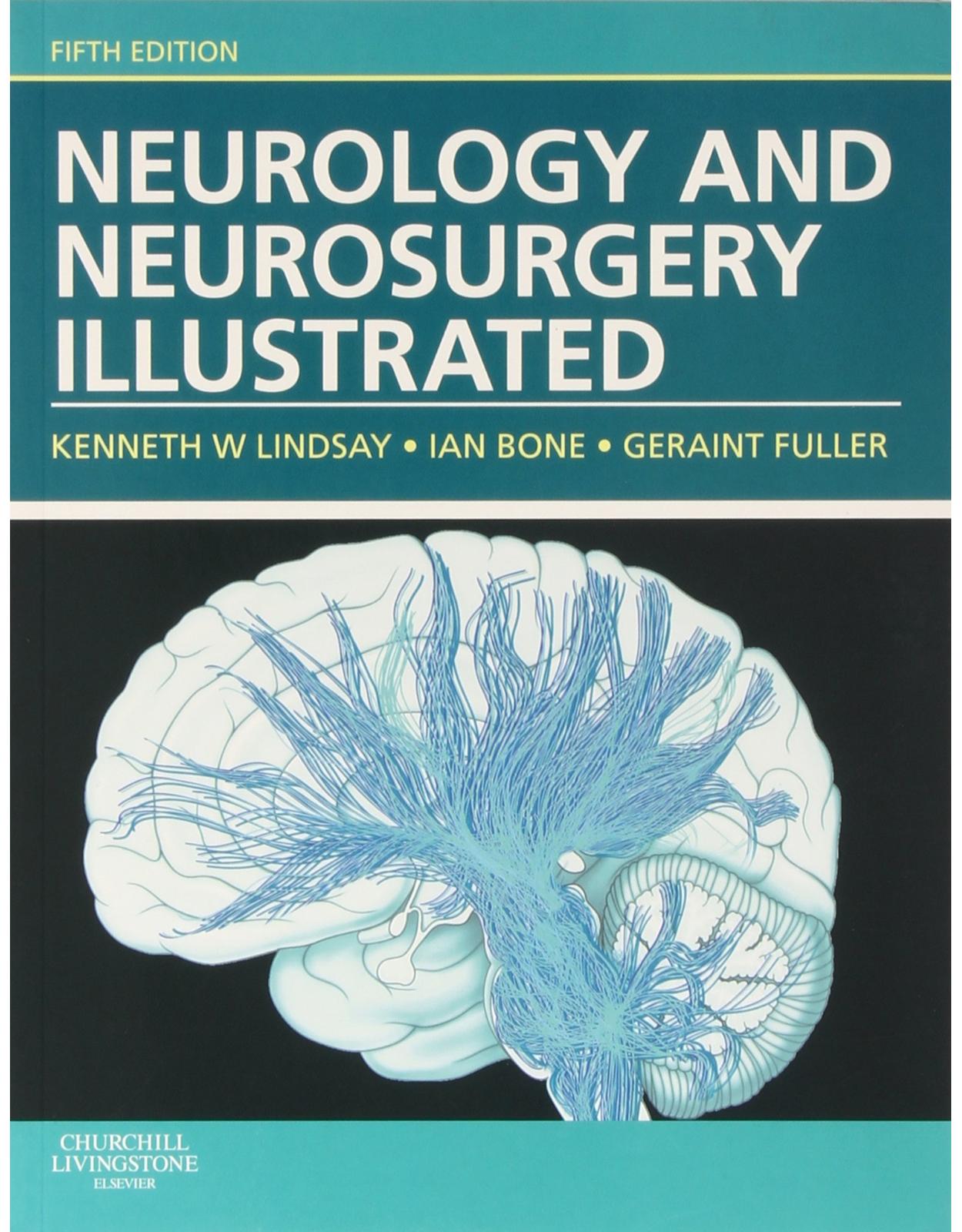
Clientii ebookshop.ro nu au adaugat inca opinii pentru acest produs. Fii primul care adauga o parere, folosind formularul de mai jos.